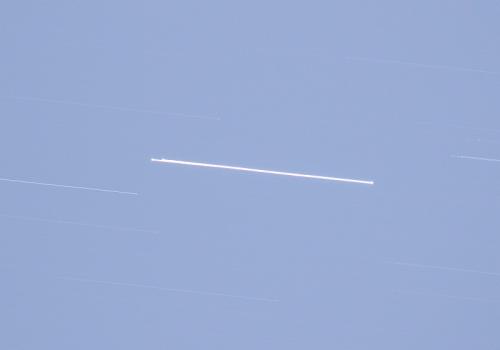
We modeled the complete electrostatic force field structure within a paper-air-toner transfer gap during electrophotography.

In this report we extend the previous work by quantifying effect of filler distribution and of paper calliper variations on toner transfer in electrophotography. A model of toner transfer showed qualitatively that toner transfer efficiency is locally increased in regions of high filler density. Print density mottle in solid black electrophotographic printing was shown in a previous report to be strongly linked to the distribution of PCC fillers in paper. The results indicate that UV scanner imaging of coating layer uniformity works best for coat weights below 20 g/m² and moderate FWA concentrations in the coating color. Furthermore, the influence of varying amounts of FWA in the coating color and in the base paper on the measurement results was investigated. Image analysis showed that UV scanner imaging indeed reveals the coating layer formation, especially for lower coat weights. Within the study, a commercially produced lightweight coated paper, a laboratory coated commercial woodfree base paper, and laboratory coated handsheets were examined. UV scanner imaging was compared to two reference methods for determining the coating layer uniformity, the burnout test, and β-radiography. The method measures the visual light response of the excited fluorescent whitening agent (FWA) in the coating color. This study evaluates the potential for using ultraviolet (UV) scanner imaging as a fast method for characterization of the spatial coating layer formation. Several print quality problems are known to be closely related to coating layer uniformity (e.g., print or gloss mottle). Print quality demands are steadily growing. The material contents in the layers can then be retrieved from the absolute and relative intensities of these two signals. The exposure time for this type of setups can be significantly improved by implementing spectroscopic imaging sensors. The spectroscopic image is retrieved by scanning the paperboard surface and registering the fluorescence signals from Ca and Cu. A laboratory scale setup is built using stepper motors, a silicon drift detector based spectrometer and a collimated X-ray beam.

Cu was selected as the target material since its fluorescence signal is well separated from the Ca signal while its fluorescence's still are absorbed sufficiently in the paper. In this work we combine the X-ray fluorescence signals from the Ca atoms (3.7 keV) in the coating and from a Cu target (8.0 keV) placed behind the paper to simultaneously measure both the coating and the fibers. Current quality control methods include chemistry based visual inspection methods as well as X-ray based methods to measure the coating thickness. The uniformity of these layers is a critical parameter for the printing quality. Paperboard is typically made up of a core of cellulose fibers and a coating layer of.


 0 kommentar(er)
0 kommentar(er)
